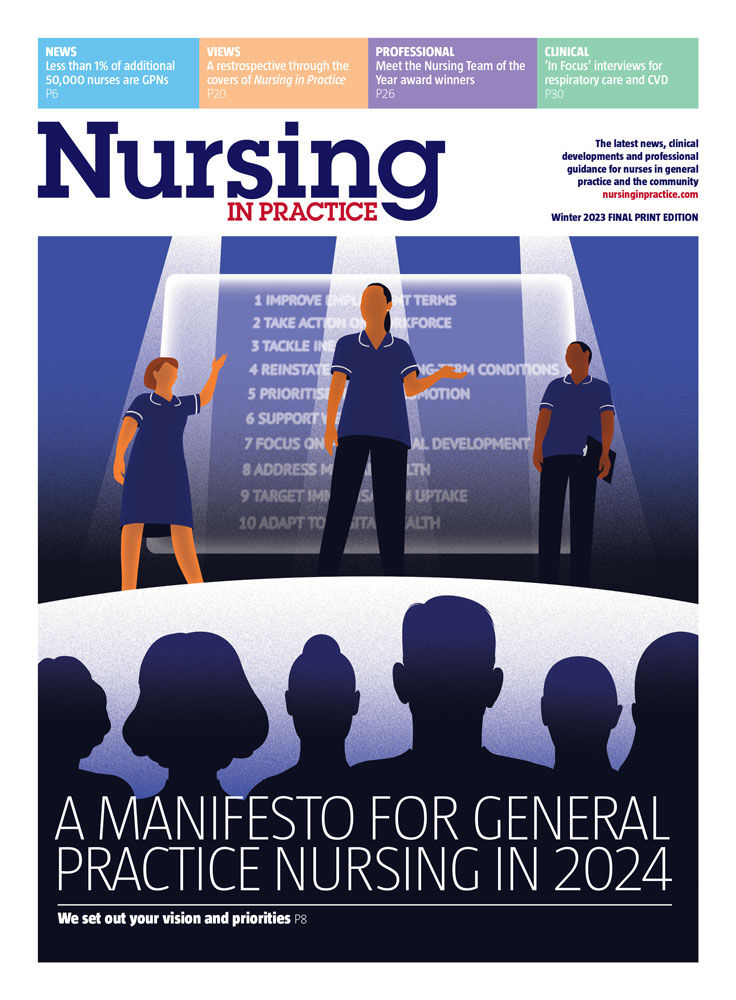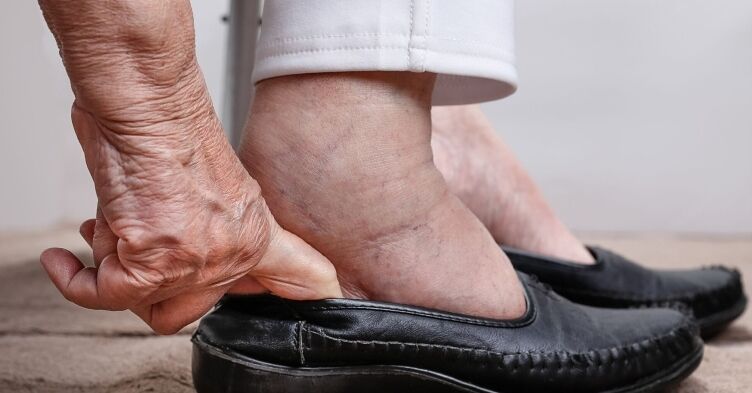The National Institute for Health and Care Excellence (NICE) has published guidance outlining the need for a tailored approach when treating someone who has two or more long-term health conditions.
The guidelines set out ways to put patients with complex health issues, including elderly and frail people, and those taking 15 or more medications regularly, at the heart of decisions about their care.
Health care professionals, particularly GPs, should use their clinical judgement alongside a patient’s values and priorities to make key decisions about their care together.
A “database of treatment effects” has been created for use alongside the guideline, which summarises the benefits and adverse side effects of a number of common treatments.
The guideline, which has been under discussion since 2012, adds that GPs should also consider stopping treatment if that option seems most appropriate.
Professor Bruce Guthrie, professor of primary care medicine at the University of Dundee and chair of the group that developed the draft guideline, said: “The number of people with many long-term health conditions is set to rise. It can be really difficult to care for these patients because the conditions they have and their treatments interact.
“Also, there can be so many professionals involved in their care that it becomes fragmented and confusing.
“It’s not unusual for patients to be on lots of different medicines, to be taken at different times of the day for each of their conditions.
“The new guideline highlights the need for clinicians to discuss with their patients what the benefits and unwanted side effects of drugs or treatments are.
“A decision on what treatment is best for the patient, based on their wishes, can then be made – and this could lead to stopping treatment if appropriate.”
It is predicted that the number of people with three or more long-term health conditions will rise from 1.9 million in 2008 to 2.9 million in 2018.
Meanwhile, caring for more people with multimorbidity, and an ageing population, could require £5 billion in additional expenditure by 2018, according to a 2012 report by the Department of Health.
Professor David Oliver, clinical vice president of the Royal College of Physicians, said: “People living with multiple long-term conditions can experience significant problems from treatments they receive.
“Treatment is often given for individual conditions without consideration of whether the person will benefit and without a holistic view of their care.
“All patients have a right to be supported by doctors to make informed decisions about their own care. It is important that doctors talk to patients to learn what they want from their care and tailor treatments towards meeting those priorities and goals.
“This is particularly important with older, frail people where the risks and benefits of treatment may need careful consideration.”
A quality standard which will identify specific areas where care can be improved will be produced from the multimorbidity guideline. The work for this quality standard begins on 22 September 2016.








